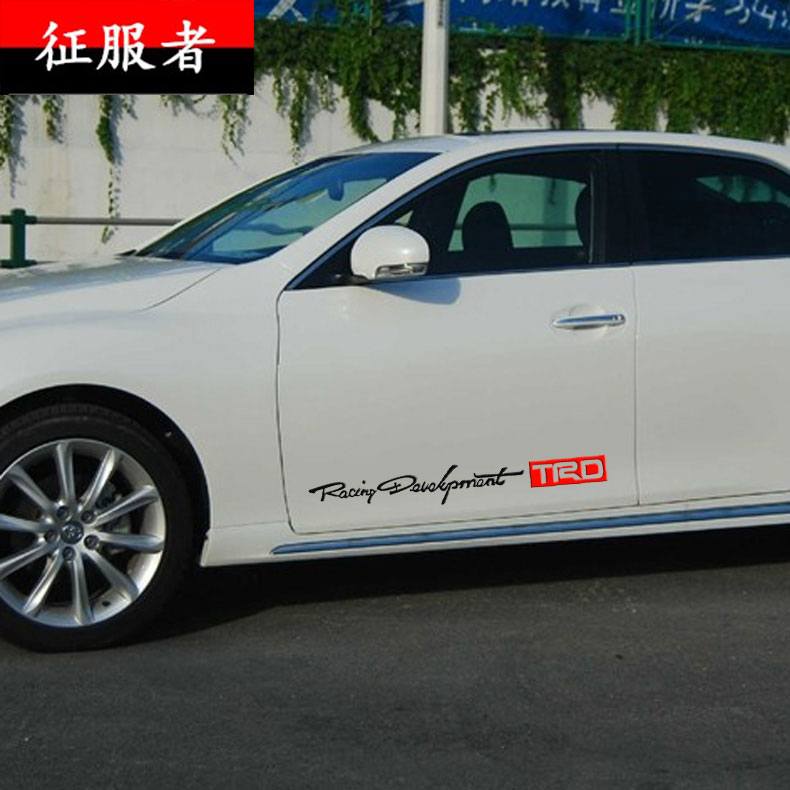I took the solar eclipse flight. Here's my journey at 30,000 feet.
Millions of people made pilgrimage to the cities within the total solar eclipse track today, praying for clear skies at the moment the moon would briefly evict the sun from the heavens.
But a few shadow chasers didn't want to risk the April showers, and instead booked a flight that all but promised an unobstructed view above the clouds.
SEE ALSO:That iconic Trump meme may save eyes this solar eclipseWhen Delta Airlines offered me one of about 200 seats on its A321neo commercial airplane from Dallas to Detroit on Apr. 8, I agreed for the opportunity to report on this historical space event — the last total solar eclipse to touch the U.S. mainland for the next 20 years, according to NASA. But it wasn't an immediate "yes" from me. As a chronic sufferer of motion sickness, the idea of combining vertigo with a work deadline at 30,000 feet seemed like the recipe for a really memorable panic attack.
Tweet may have been deleted
But my mind kept going back to a conversation with Jenna Samra, a solar physicist at the Harvard-Smithsonian Center for Astrophysics. She had conducted research on an airplane during the 2017 solar eclipse and would be flying a telescope again this time to survey the sun's corona in infrared light. Her journey aboard a Gulfstream V jet, run by the National Center for Atmospheric Research, would take her even higher, to 45,000 feet.
Despite having had this rare opportunity, Samra admitted she had not actually looked at the eclipse — not even once. In fact, instead of telling me about her own encounter with totality, she described the screams of other passengers ricocheting through the metal airborne tube while she locked her eyes on a computer screen. Those precious three minutes of data — captured in the darkness — gave her a thesis.
Did she feel regret, I wondered, working through the peak moment, rather than experiencing it for herself?
 Shadow chasers avoided rainy weather by taking a Delta flight into the path of totality.Credit: Delta
Shadow chasers avoided rainy weather by taking a Delta flight into the path of totality.Credit: Delta"I think no," she told me. "I definitely want to be in the air because there will definitely be an eclipse in the air. As far as 'seeing' it or 'not seeing' it, that's somewhat under my control."
A deep-seated desire for control? Yeah, I can identify with that.
Total solar eclipses happen somewhere around the globe about every two years, but it takes an average 375 years for one of these celestial coincidences to recur in the same place.
 This will be the last total solar eclipse to touch the U.S. mainland for the next 20 years.Credit: Delta
This will be the last total solar eclipse to touch the U.S. mainland for the next 20 years.Credit: Delta The main event is the milky light of the sun's corona. Because the face of the sun is a million times brighter, this swaddle of super-hot gas is normally bleached out of the sky. Only when the moon completely blocks the sun from Earth does the corona emerge, spilling beyond the moon's rim into space.
Despite all that we've learned about the cosmos, there are still enigmas right here in our planetary neighborhood, like why the ever-present corona is so much hotter than the sun itself. These mysteries are what beckon humanity to look up. They unify us in our yearning for answers. They also remind us of our smallness — our fundamental blippiness in the universe.
Never wanting to turn down a reporting assignment, I packed my motion sickness tablets and spent the entire weekend before the flight working myself into a frenzy. But if Samra could get a thesis out of her three minutes in darkness, surely I could cobble a good story out of four.
Tweet may have been deleted
As Delta passengers at the Dallas Fort Worth International Airport arrived at the gate on Monday, the airline greeted them with a massive balloon archway and baskets of solar eclipse safety glasses. Jeanne Walker tried to balance a pair of the cardboard solar viewers on her dog Maddigan, who travels with her and her husband, John Walker. Jeanne, who came from Colorado, was glad she would have the window seat.
"She's a good sharer," John said.
"Not today," she said slyly.
Julie Anderson, who brought along her three sons, James, Justin, and Jeffrey, said she sort of sprang the trip on her family.
"I told their principals that we were missing school days for something epic, but I didn't say what it was," she said.
 Among the swag, Delta gave passengers SunChips and Moon Pies to enjoy during the eclipse. Credit: Delta
Among the swag, Delta gave passengers SunChips and Moon Pies to enjoy during the eclipse. Credit: DeltaFor the eclipse flight, Delta worked with the Federal Aviation Administration to design a flight path with special turns in the air allowing passengers on both sides of the aircraft to get optimal views. The plane ascended, and passengers broke out the complimentary snacks — SunChips and Moon Pies, of course — and watched the flight tracker on the seat backs to see where we were in the air. We would intercept the eclipse over Northeast Arkansas toward Southeast Missouri, said Warren Weston, a Delta meteorologist on the flight.
Related Stories
- That iconic Trump meme may save eyes this solar eclipse
- What's the big deal about solar eclipses? It's a 'full-body experience.'
- A solar eclipse can cook your eyes. Here's when to put the glasses on.
- A spacecraft ‘touched’ the sun. Here’s how it survived.
- How hot is the sun? It's a tricky question, even for scientists.
 A boy enjoys the view with his protective solar eclipse glasses.Credit: Delta
A boy enjoys the view with his protective solar eclipse glasses.Credit: DeltaAfter the so-called "first contact," when the moon began the great shuffle in front of the sun, the main cabin gradually fell dim. Passengers who had clutched their solar eclipse glasses like rosaries started to put them on.
The mood shifted. Suddenly, I felt a primal urge to thump my chest and beat a drum as I scanned the sky with my eclipse glasses for bright light. The pilot, Captain Alex Howell, said he would tilt the plane so the sun would drop down into our field of view.
There it was. I found the sun, but not totality. I could see an orange sliver peeking out, shaped like a fingernail. There was no glorious halo of white light.
 Though passengers on the Delta flight that departed from Austin, Texas, saw the corona, most people on the flight from Dallas only saw a partial eclipse from the sky.Credit: Delta
Though passengers on the Delta flight that departed from Austin, Texas, saw the corona, most people on the flight from Dallas only saw a partial eclipse from the sky.Credit: Delta"That was it," a woman from somewhere behind me said. "We've passed it."
I didn't know what to do, other than laugh with Kasey Stiles, who sat beside me. Stiles told me she had been diagnosed with stage 4 cancer a month ago. Since then, she had been traveling and crossing things off the proverbial bucket list. Seeing the eclipse was one of them.
She wasn't disappointed — life is full of things you can't plan for. Her mind was already somewhere else, thinking about her next excursion to Niagara Falls. She and her travel companion, Drew Heilman, were about to hop in a rental car and begin the drive.
"I mean, what can you do?" she said. "It's not for not trying."
You can watch Mashable Space Reporter Elisha Sauers on her solar eclipse flight on Mashable's X/Twitteror Instagram.





